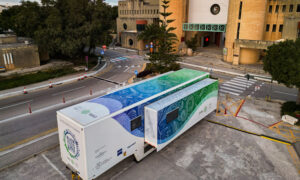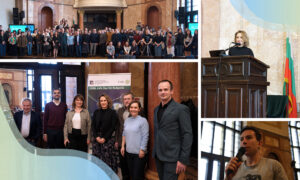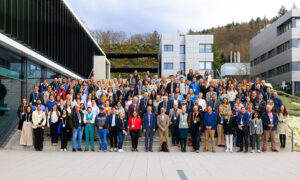
TREC in numbers: the expedition’s impact so far
In less than two years, the TREC expedition has demonstrated that large-scale international collaboration is essential for driving groundbreaking planetary and human health research with societal impact
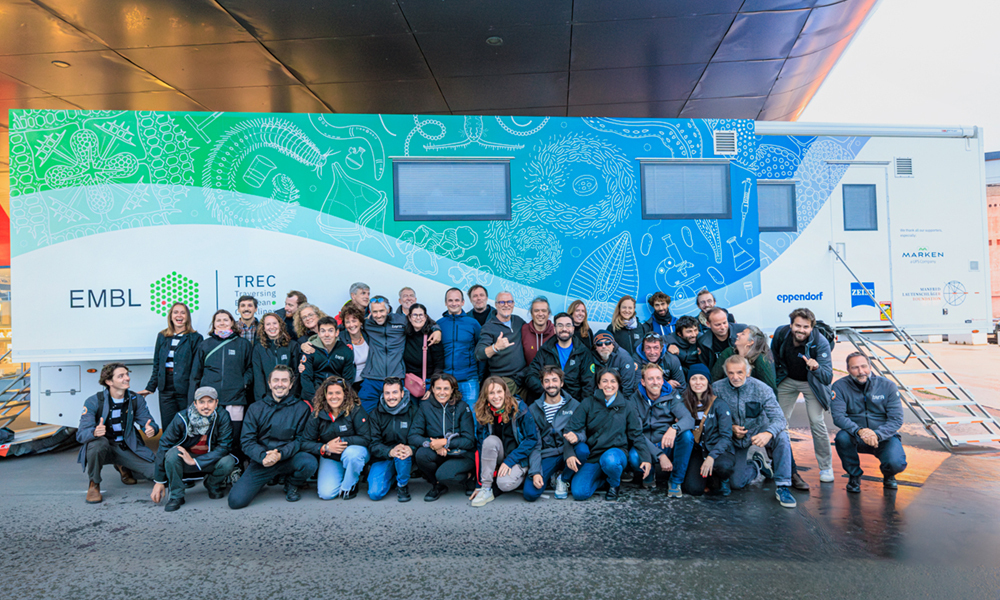
At first glance, the TREC expedition might have seemed like an impossible endeavour: exploring the coasts of Europe from Norway to Greece, from inland areas to offshore waters, from molecules to ecosystems.
The expedition was led by EMBL in partnership with the Tara Oceans consortium, the Tara Ocean Foundation, and the European Marine Biology Resource Centre (EMBRC). The expedition was supported by over 40 of EMBL’s local partner research institutions in 21 European countries, and by EMBL’s newly deployed Advanced Mobile Laboratory (AML), which brought cutting-edge technologies to the field to help researchers study ‘life in context’. At the same time, the Tara teams covered coastal and offshore water sampling, while EMBRC provided local knowledge and high-level infrastructure for the sampling of soil, sediment, shallow waters, aerosols, and select organisms.
The mission? To explore biodiversity at land-water interfaces, to determine the extent of human impacts on ecosystems and to underscore the importance of collaboration across science, society, and governance to address the universal environmental crisis.
TREC was designed to collect standardised, comparable data across national borders and biomes, with the goal of understanding coastal ecosystems and biodiversity, highlighting the critical need to protect planetary health and emphasising the role of research in addressing these challenges.
The TREC expedition has demonstrated that large-scale, complex international collaborations, engaging numerous teams, institutes, disciplines, and governments, led by experienced and expert-driven organisations such as EMBL, are possible and successful. Despite the sometimes difficult conditions on the road and at sea, the expedition’s achievements for science and society were groundbreaking. Here, we summarise some aspects of the expedition in numbers.

TREC is one of the largest expeditions of its kind. Credit: Creative Team/EMBL
In the field: sampling and processing
The active sampling phase of the expedition began in Roscoff, France, following a launch event in Paris in March 2023. It concluded in Thrace, Greece, in August 2024, and the Tara schooner returned to its home port Lorient in early October 2024.
Before the sampling phase, standardised protocols were drawn up by experts from many different scientific fields. “Stakeholder and scientific engagement played a crucial role in the project’s success,” explained Paola Bertucci, Head of EMBL Scientific Expeditions and coordinator of TREC. “TREC aims to overcome the fragmentation of the scientific landscape. The multidisciplinary, international, highly collaborative spirit and excellence of the TREC partners and collaborators was the heart and soul of the project.” The data collected will be analysed and made available as open-access resources to advance research worldwide.
At each of the 115 land-sea sampling locations, samples were collected along transects that stretched from inland areas through coastal regions to offshore waters. Over the course of the expedition, the TREC team amassed a total of more than 70,000 environmental samples.
At the heart of the undertaking were local partners who provided infrastructure, logistics, and permits support and contributed with their long-standing knowledge of the coastal areas under study. Different dedicated teams worked in the field and behind the scenes to implement this huge operation and ambitious programme.
“It was impressive what the sampling teams achieved,” said Peer Bork, TREC Scientific Director and Director of EMBL Heidelberg. “Long and intensive days, with many hours of sampling, followed by hours of cleaning the equipment to get it ready for the next sampling day. Off days were few and far between and this achievement was only possible because of the dedication of everyone on the TREC team. They knew that the more and the better the data, the larger the scientific impact they can achieve in the post-expedition phase of the project, with years of data analysis to come.”

The data collected will be analysed and made available as open-access resources. Credit: Creative Team/EMBL
The collaborative activities in the field served to strengthen and broaden EMBL’s scientific networks along the way. The expedition proved invaluable in fostering cooperation, leading to new ideas, partnerships, and connections that will shape the future of environmental research.
Increasing the visibility of TREC: stakeholder and public engagement
The expedition reached a wide range of stakeholders across all of Europe through media, public engagement, and scientific exchange in different formats and languages. TREC was designed with a strong focus on engaging the public with science. From interactive games and science events for the public to tours of the schooner, the mobile labs, and the collaborating laboratories – the expedition engaged thousands of European citizens along the TREC route and beyond.
The public engagement teams reached more than 22,000 people with several newly created activities, while media coverage of the expedition reached a potential audience of more than 350 million people in 45 countries across the world, through major news outlets like Le Monde, Frankfurter Allgemeine Zeitung, Rai, Kathimerini, ORF, BBC, several big European news agencies, and many others. Thousands of photos and videos documented the life of the teams on the road and greatly enhanced the success of TREC’s social media engagement and promotional material.
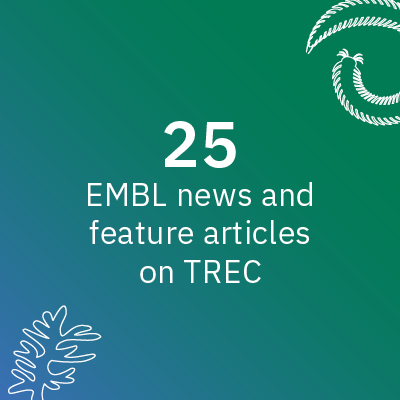
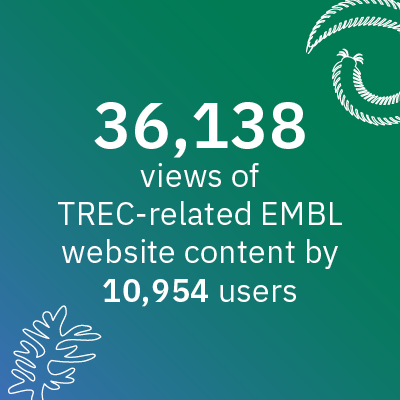
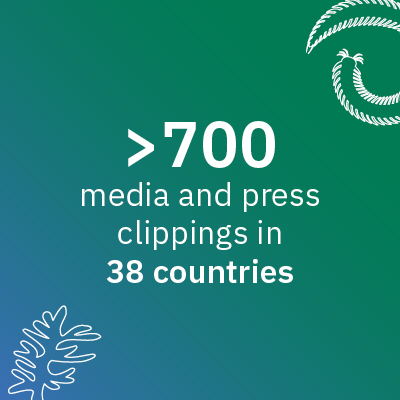
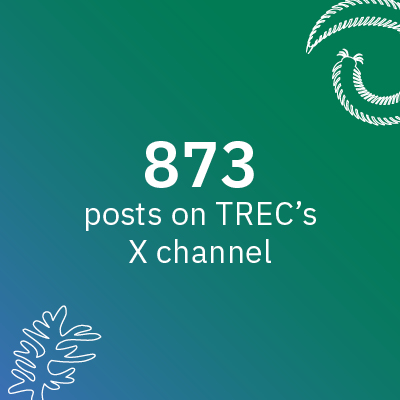

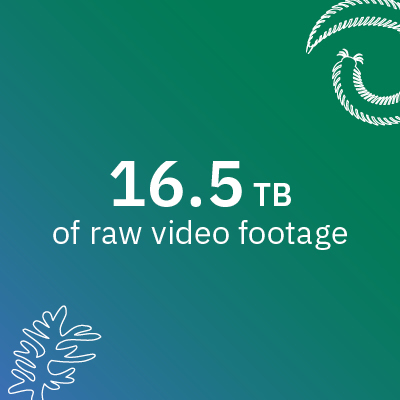
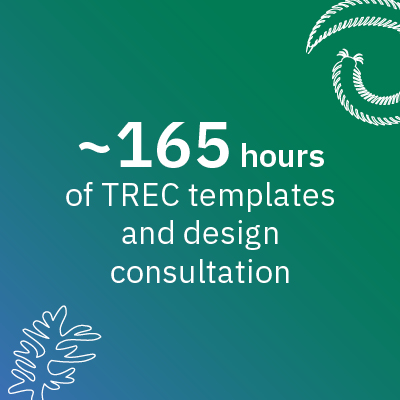
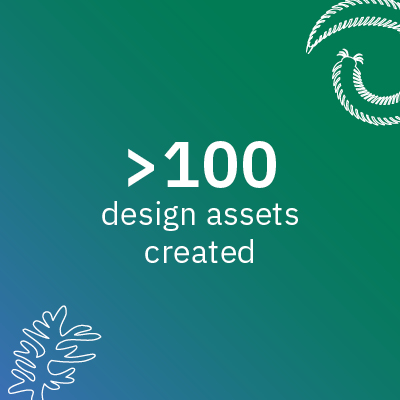
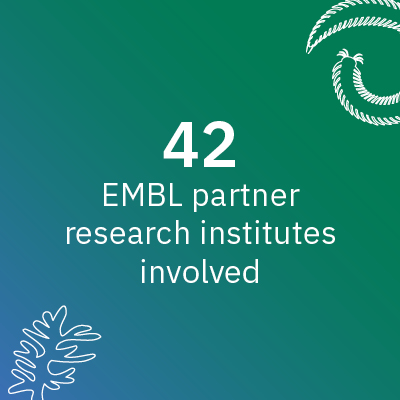
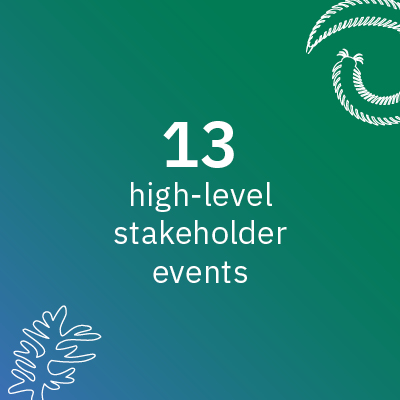

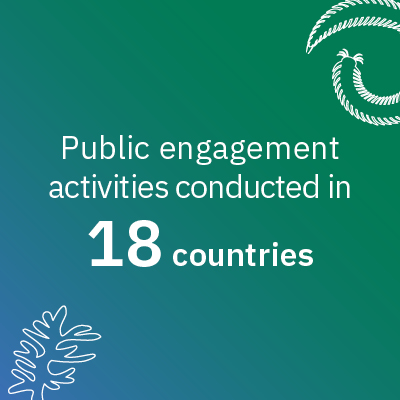
The expedition reached a wide range of publics across all of Europe through media, public engagement, and scientific exchange. Credit: Creative Team/EMBL
Through the project, EMBL also aimed to reach out to policy makers and raise awareness for the impact of science and its contributions towards solving global challenges. The expedition attracted the attention of high-ranking national policymakers and decision-makers, including the President of Estonia, the Italian Minister for Universities and Research, the Greek Minister of Development as well as the Deputy Minister of Development, and the Montenegrin State Secretary for Education, Science, and Innovation. These leaders, along with ambassadors, diplomatic envoys, and local authorities, engaged with scientists from the visiting TREC expedition to discuss the critical link between planetary and human health, establishing the involved organisations as trusted advisors in environmental research.
The Spanish Presidency of the Council of the European Union also played a pivotal role in amplifying TREC’s messages. As part of the scientific agenda of the presidency, TREC’s activities were listed as a priority, confirming the project’s importance and impact for societal well-being. This engagement helped spread awareness of the expedition’s objectives across Europe and solidified the role of science in guiding policy related to planetary health.
“TREC has been a huge success from all perspectives: discovery-driven research, cutting-edge services, public engagement, political engagement, and tremendous networking opportunities for scientists across disciplines,” said Edith Heard, EMBL’s Director General. “In addition to the incredible research that this expedition has enabled, we were able to raise awareness for science in our member states, both scientifically and politically. TREC has brought to the forefront the importance of scientific research and its role in addressing global challenges.”
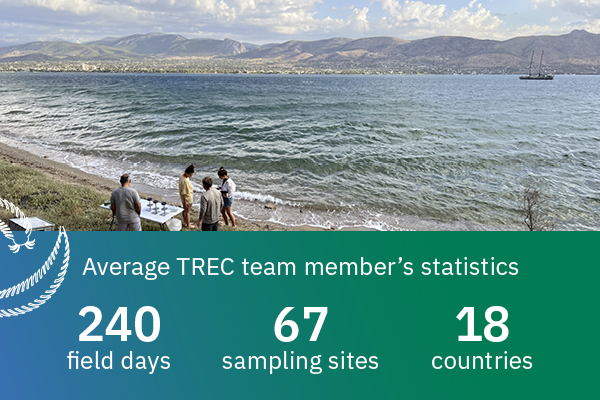
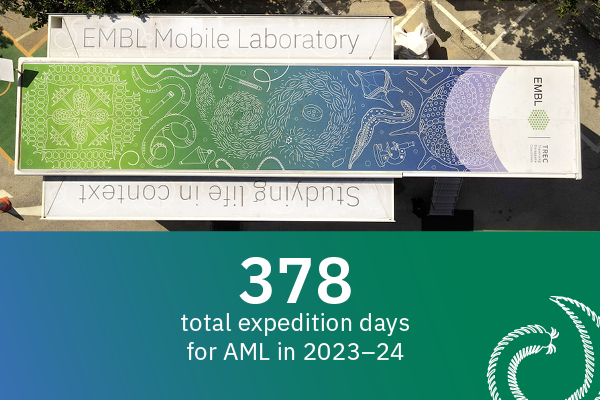
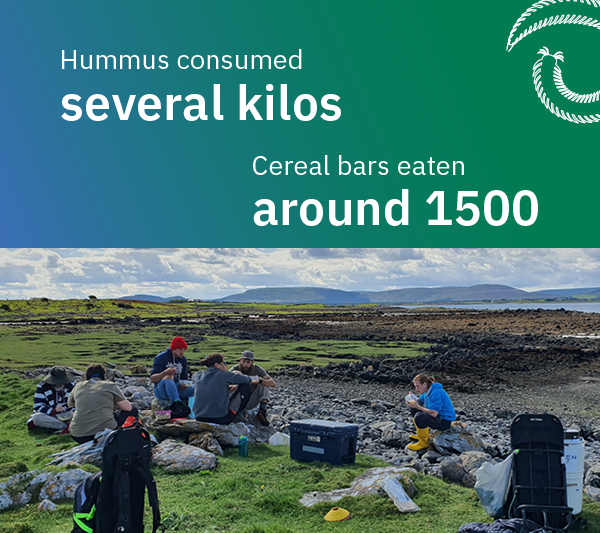
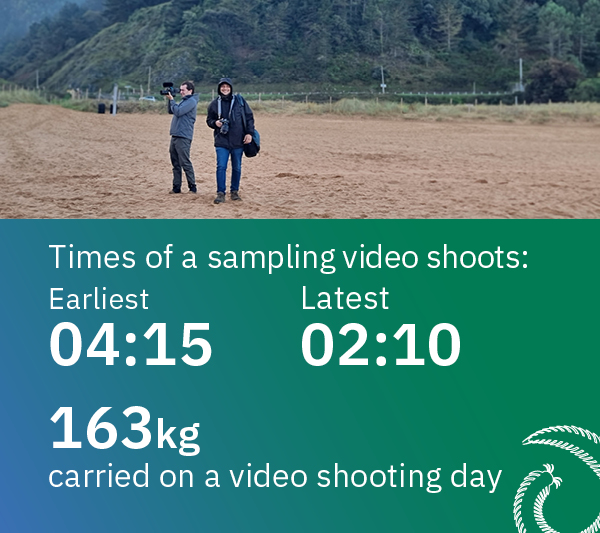
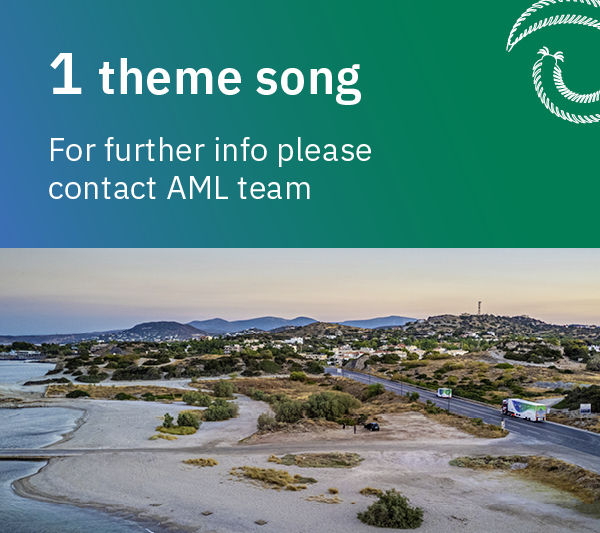
The success of this complex international project is a testament to the dedication of all teams involved. Credit: Savvas Parakamian/HCMR, Gerals Pfister, Joanna Zukowska, and Kinga Lubowiecka, Creative Team/EMBL
TREC – the journey continues
With the completion of the first sampling phase, the next stages of the project hold immense potential. The data collected during the pilot expeditions in Iceland, Italy, and France have already offered a wealth of new information. First experiments and initial findings suggest the discovery of hundreds of new microbial species at each sampling site, revealing just how rich and diverse these environments are. The data offer a unique opportunity to unlock insights into how ecosystems evolve – whether they become stable or remain transient. Moving forward, EMBL scientists and researchers from all over the world will continue to analyse the samples to unravel their secrets about coastal ecosystems and biodiversity, with follow-up research extending into the coming years and even decades.
In September 2024, a TREC Symposium brought together members of the project to review their progress, share data, and discuss the future of this collaborative research. Over the course of three days, researchers presented preliminary findings from the TREC expedition and explored how best to combine research methods and disciplines to maximise the findings. This event marked a crucial step in the ongoing scientific journey that began on Europe’s coastlines and now continues in EMBL labs and beyond.
One of the innovations from TREC is the Advanced Mobile Laboratory (AML). This mobile experimental lab, which visited selected partner institutes to support their scientific projects and facilitate the work of TREC teams in the field, has become a permanent EMBL service facility. The AML brings cutting-edge technology directly to the field, helping researchers carry out live imaging, advanced sample preparation, metadata acquisition, and analysis – immediately after sample collection. Its state-of-the-art equipment will be continuously available to provide technology and expertise in the field, and new technologies will continue to be identified for on-board use and delivery.
TREC’s scientific exchange fostered collaborative success across at least 21 countries, creating a vital nexus for researchers. The expedition’s approaches are now being explored for application to other ecosystems, such as lakes and rivers, broadening its impact beyond coastal environments.
In addition to scientific endeavours, TREC’s public engagement efforts continue in different ways at different places, for example through documentaries, exhibitions, and open days.
The voyage that began with TREC is now unfolding in laboratories, with many exciting discoveries to come. The success of this complex international project is a testament to the dedication of the research teams and various other teams in the background, such as local partners, EMBL member states, delegates, and substantial industry and philanthropic support. Their collaborative efforts made each stop of this expedition possible and paved the way for future breakthroughs in environmental research.
